x
Search results for 'summit'
Show Filter
Social Studies 3 Summit
Third graders explore the world around them through the lens of diverse social studies concepts and topics. Students apply their knowledge of basic map skills to identify the purpose of various maps and interpret how people adapt and change their environment to adjust to different climates and natural resources. Students then investigate the regions of the country, studying their physical and human features, history, and culture. They describe how culture changes and adapts to meet human needs as they explore cultures around the world and in their communities. Students learn about the founding documents and principles of America$900.00
Social Studies 2 Summit
Second graders experience a broad introduction to social studies and build a base for future learning. Students expand their map skills by using features of maps, including scale, direction, and location, to read maps and draw conclusions. They put their map skills to use exploring the physical and human features of their community, state, country, continent, and world. Students increase their understanding of chronology and investigate the past using sources to learn more about themselves and their communities. They study people who influenced history as leaders, inventors, and trailblazers. Students discover cultures around the world and in their own communities. Students also learn the basic concepts and operations of the economy and are introduced to the basic principles of personal finance. Students describe the role of government and expand their understanding of how citizens contribute to their communities.$900.00
Summit Geography and World Cultures, Semester 2 (HST213B)
This course examines a broad range of geographical perspectives covering all of the major regions of the world. Students clearly see the similarities and differences among the regions as they explore the locations and physical characteristics, including absolute and relative location, climate, and significant geographical features. They look at each region from cultural, economic, and political perspectives, and closely examine the human impact on each region. Students take diagnostic tests that assess their current knowledge and generate individualized study plans, so students can focus on topics that need review. Audio readings and vocabulary lists in English and Spanish support reading comprehension.
$450.00
Summit Geography and World Cultures, Semester 1 (HST213A)
This course examines a broad range of geographical perspectives covering all of the major regions of the world. Students clearly see the similarities and differences among the regions as they explore the locations and physical characteristics, including absolute and relative location, climate, and significant geographical features. They look at each region from cultural, economic, and political perspectives, and closely examine the human impact on each region. Students take diagnostic tests that assess their current knowledge and generate individualized study plans, so students can focus on topics that need review. Audio readings and vocabulary lists in English and Spanish support reading comprehension.
$450.00
Summit US and Global Economics (Summer Condensed) (HST413S)
This course is offered over a condensed 4 week term.
In this course on economic principles, students explore choices they face as producers, consumers, investors, and taxpayers. Students apply what they learn to real-world simulation problems. Topics of study include markets from historic and contemporary perspectives; supply and demand; theories of early economic philosophers such as Adam Smith and David Ricardo; theories of value; money (what it is, how it evolved, the role of banks, investment houses, and the Federal Reserve); Keynesian economics; how capitalism functions, focusing on productivity, wages, investment, and growth; issues of capitalism such as unemployment, inflation, and the national debt; and a survey of markets in such areas as China, Europe, and the Middle East.
$450.00
Summit Physical Science, Semester 2 (SCI08B)
The Physical Science program introduces students to many aspects of the physical world, focusing first on chemistry and then on physics. The course provides an overview of the physical world and gives students tools and concepts to think clearly about matter, atoms, molecules, chemical reactions, motion, force, momentum, work and machines, energy, waves, electricity, light, and other aspects of chemistry and physics. Among other subjects, students study the structure of atoms; the elements and the Periodic Table; chemical reactions; forces, including gravitational, motion, acceleration, and mass; and energy, including light, thermal, electricity, and magnetism. This is the second semester of a two semester course.$450.00
Summit Physical Science, Semester 1 (SCI08A)
The Physical Science program introduces students to many aspects of the physical world, focusing first on chemistry and then on physics. The course provides an overview of the physical world and gives students tools and concepts to think clearly about matter, atoms, molecules, chemical reactions, motion, force, momentum, work and machines, energy, waves, electricity, light, and other aspects of chemistry and physics. Among other subjects, students study the structure of atoms; the elements and the Periodic Table; chemical reactions; forces, including gravitational, motion, acceleration, and mass; and energy, including light, thermal, electricity, and magnetism.$450.00
Summit Life Science, Semester 2 (SCI07B)
The life science curriculum invites students to investigate the world of living things—at levels both large and small—by reading, observing, and experimenting with aspects of life on Earth. Students explore an amazing variety of organisms, the complex workings of the cell, the relationship between living things and their environments, and discoveries in the world of modern genetics. Practical, hands-on lesson activities help students discover how scientists investigate the living world. Students perform laboratory activities and a full-unit investigation to learn about the application of scientific methods.>$450.00
Summit Life Science, Semester 1 (SCI07A)
The life science curriculum invites students to investigate the world of living things—at levels both large and small—by reading, observing, and experimenting with aspects of life on Earth. Students explore an amazing variety of organisms, the complex workings of the cell, the relationship between living things and their environments, and discoveries in the world of modern genetics. Practical, hands-on lesson activities help students discover how scientists investigate the living world. Students perform laboratory activities and a full-unit investigation to learn about the application of scientific methods.$450.00
Summit Earth Science, Semester 2 (SCI06B)
The Earth science curriculum builds on the natural curiosity of students. By connecting them to the beauty of geological history, the amazing landforms around the globe, the nature of the sea and air, and the newest discoveries about our universe, the curriculum gives students an opportunity to relate to their everyday world. Students will explore topics such as the fundamentals of geology, oceanography, meteorology, and astronomy; Earth’s minerals and rocks; Earth’s interior; plate tectonics, earthquakes, volcanoes, and the movements of continents; geology and the fossil record; the oceans and the atmosphere; and the solar system and the universe.$450.00
Summit Earth Science, Semester 1 (SCI06A)
The Earth science curriculum builds on the natural curiosity of students. By connecting them to the beauty of geological history, the amazing landforms around the globe, the nature of the sea and air, and the newest discoveries about our universe, the curriculum gives students an opportunity to relate to their everyday world. Students will explore topics such as the fundamentals of geology, oceanography, meteorology, and astronomy; Earth’s minerals and rocks; Earth’s interior; plate tectonics, earthquakes, volcanoes, and the movements of continents; geology and the fossil record; the oceans and the atmosphere; and the solar system and the universe.$450.00
NEED MORE INFO

THANK YOU!
We have received your inquiry and you will start to receive additional information about our school offerings and programs. An enrollment consultant will contact you shortly.
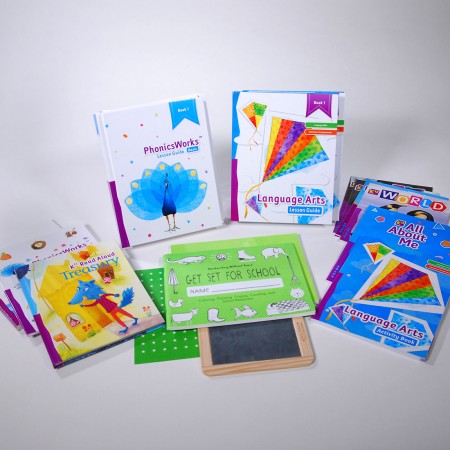

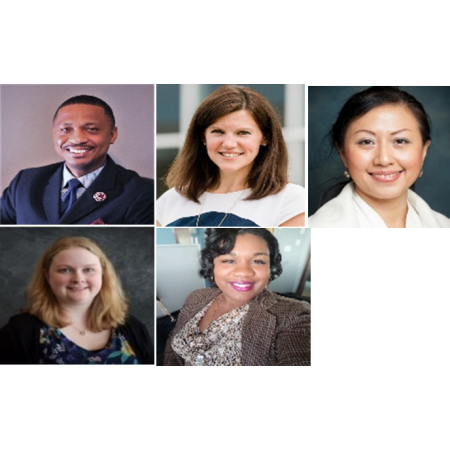
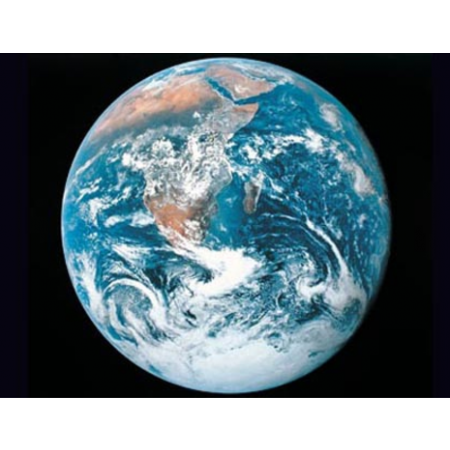

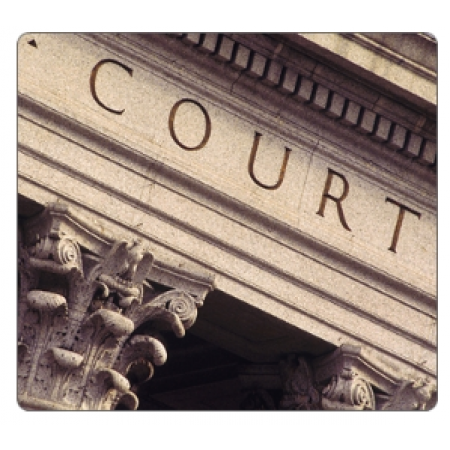
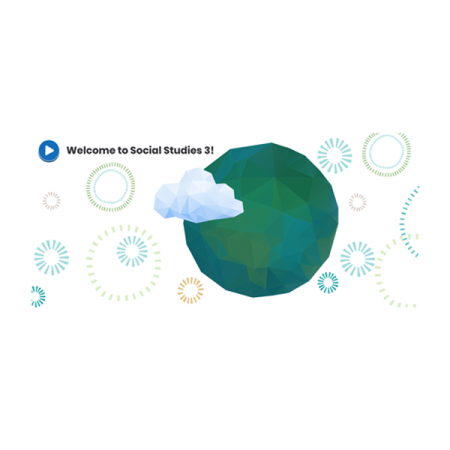
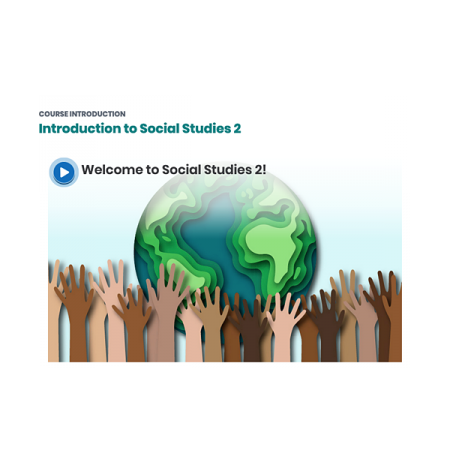

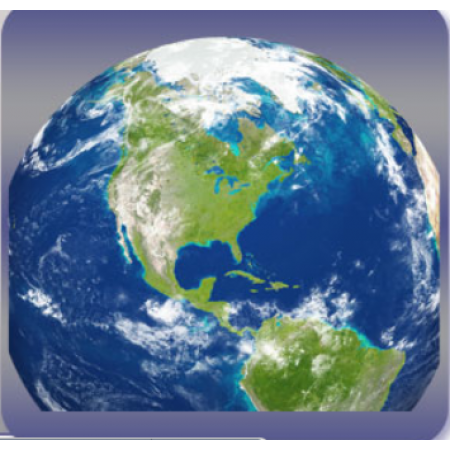

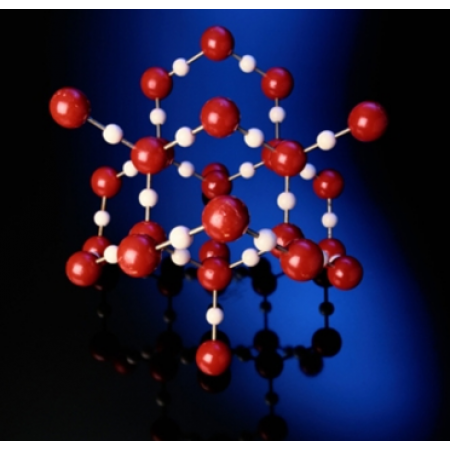
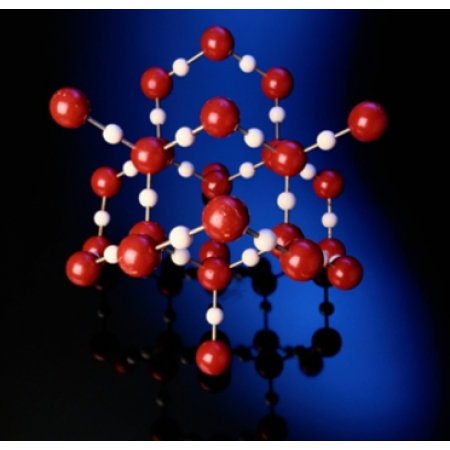
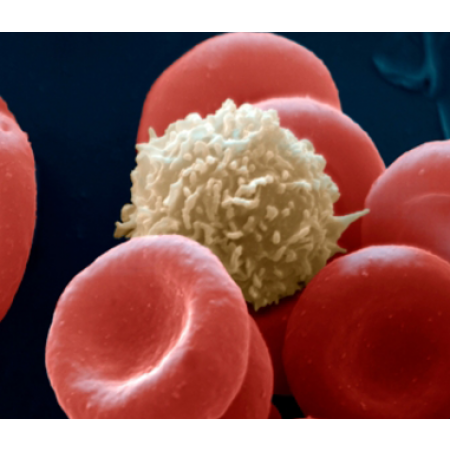
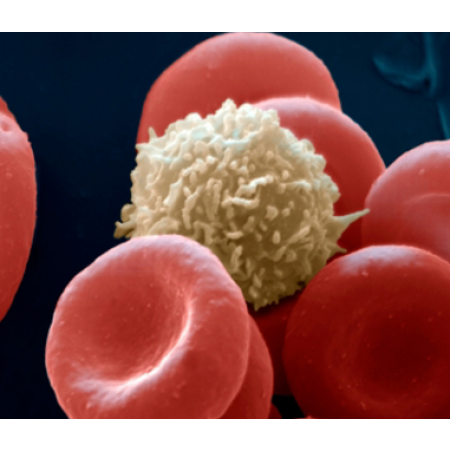
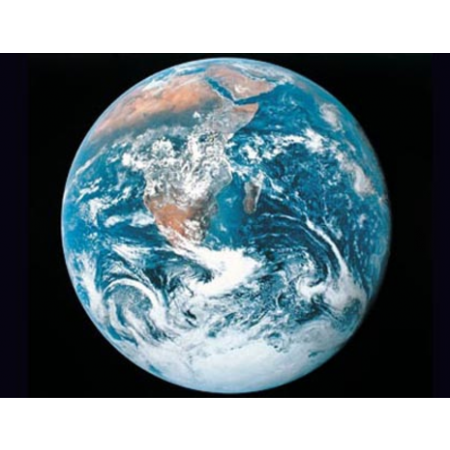
In this comprehensive course, students follow the history of the world from approximately 1870 to the present. They begin with a study of events leading up to 1914, including the Second Industrial Revolution and the imperialism that accompanied it. Their focus then shifts to the contemporary era, including two world wars, the Great Depression, and global Cold War tensions. Students examine both the staggering problems and astounding accomplishments of the twentieth century, with a focus on political and social history.